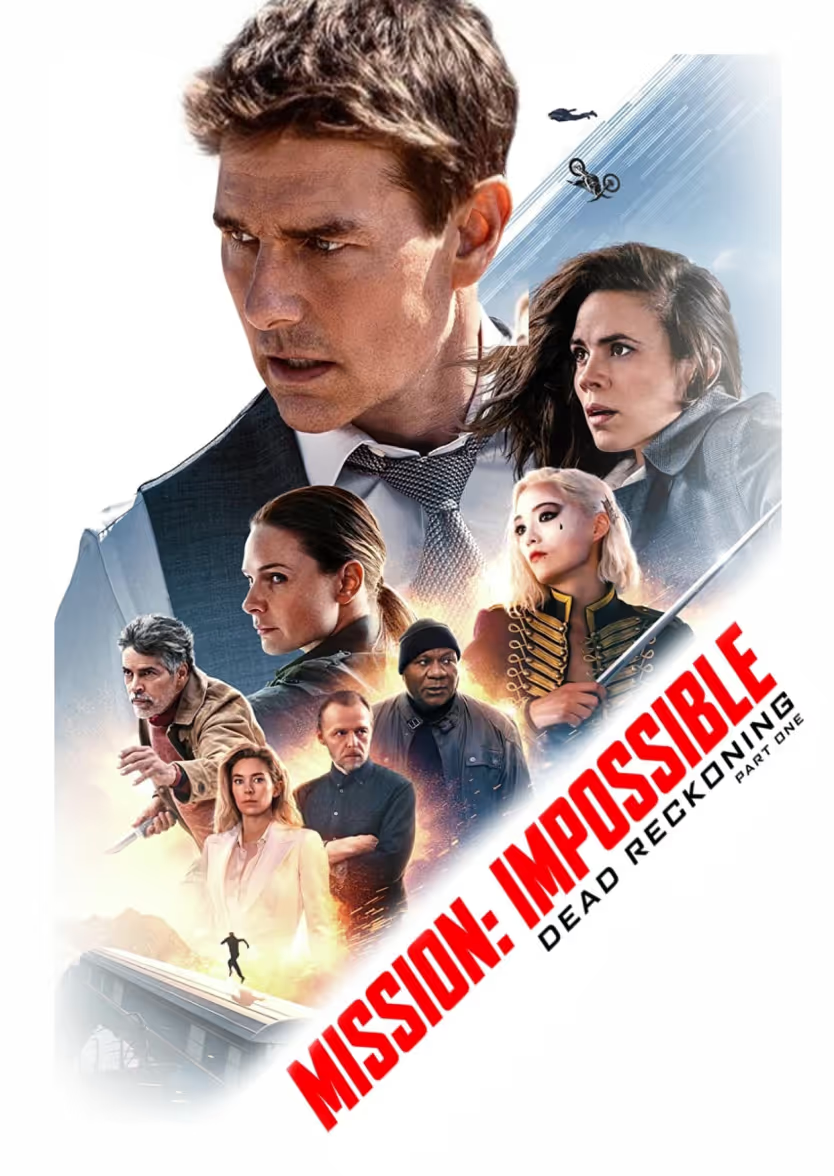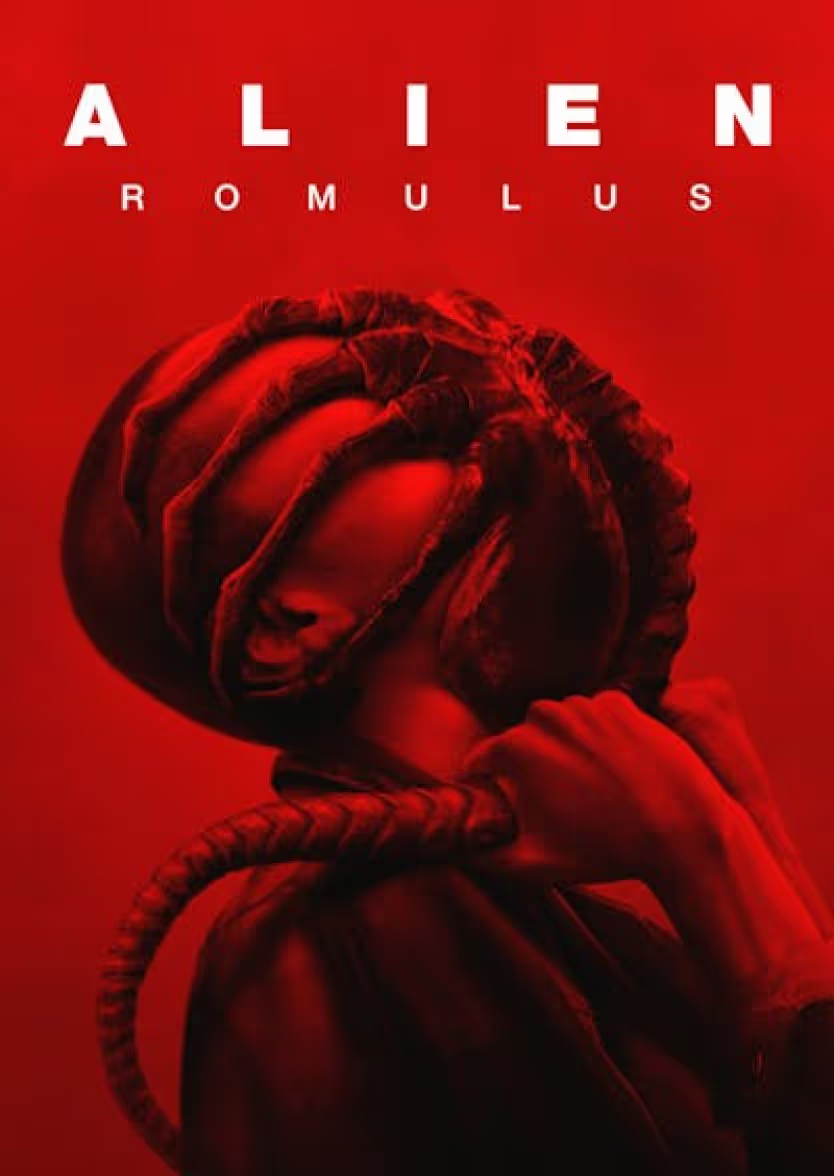One of the most iconic moments in cinema history is in the 1939 all-time classic The Wizard of Oz, when Judy Garland’s Dorothy exits her house and realizes she is no longer in Kansas but is now in the land of Oz. The black-and-white that defined old Hollywood is left in the lurch, and in its place are bright and vibrant colors exploding out of a Technicolor rainbow.

Famed psychiatrist and psychoanalyst Carl Jung said, “Colors are the mother tongue of the subconscious.” Colors are capable of evoking emotions, as in the crimson red blood splattered throughout the infamous bathroom scene in Stanley Kubrick’s dazzling and deranged adaptation of Stephen King’s The Shining: a conscious choice that builds upon the creeping anxiety and horror of the supernatural hold that the Overlook Hotel has on the character Jack Torrance.
An image’s tone and color balance also has the power to transport an audience to a different time and place. For example, in Steven Spielberg’s WW2 epic Saving Private Ryan, the famed director and cinematographer Janusz Kamiński said in order to reflect the period, they wanted the film to feel like “color newsreel footage from the 1940s, which is very desaturated and low-tech." One of ways they achieved this was through bleach bypass, the choice to skip a process that removes the silver halides that naturally form on a film negative, resulting in a silvery look that reduces image saturation and brightness, and increases contrast. The effect can also create a more dour and cold feeling that fits very well in the noir genre, as seen throughout David Fincher’s misanthropic classic Se7en.
So how about we dive in and take a look at color in some of the films of the past year:
PASSING
It may seem counterintuitive to start with a black-and-white film, but in this day and age, creating a film devoid of color is a strong choice that shouldn’t be ignored.

In Rebecca Hall’s critically acclaimed feature film debut Passing, based on Nella Larsen’s novel of the same name, Hall reckons with her multi-racial past and the emotional complexities around passing—ideas that are not simple, or shall we say ‘black or white,’ but rather rooted in a moral gray where the answers are not as simple as they seem. In regards to her decision not to shoot the film in color, Hall told the San Francisco Chronicle, “The irony of black-and-white films is they’re gray, there’s nothing black or white about it, ever. And also, the abstraction of being able to play with shadow and light and point out the construction of race, that it is a sort of slippery reality… In black-and-white film I’m able to play with lighting states and play with exposure, and not do it with makeup, but do it with overexposed rooms, and white walls and white outfits.” This decision elevates the hard work of the cast and crew to underline the film's emotional complexities and narrative intricacies about an incredibly important subject matter.
Create together remotely, in real time

DUNE


Landing on an adaptation that captured the imagination and intergalactic scale of Frank Herbert’s 1965 space epic novel, Dune, has been a path littered with ambitious misfires, quickly forgotten swings, and infamous almost films. That is, until a genre-hopping Canadian filmmaker by the name of Denis Villeneuve threw his hat into the galactic ring. With an unrivaled ability for epic-scale filmmaking without sacrificing emotional intimacy, Villeneuve successfully captures some of the most photoreal images of space travel ever captured in a film.
One of the many tools used to make each world in Dune (2021) feel unique is a specific color palette. The scorching desert-laden and spice-filled “Arrakis” is defined by a sun-kissed beige throughout—something so effective you can practically see a heat haze emanating from the screen. The dark and raining “Salusa Secundus” is defined by a moist grayish blue that will have you reaching for your rain jacket.
According to an interview lead colorist David Cole did with Filmmakers Academy, he became involved in discussions/prep for the film as early as 2017. Cole discussed that they created a LUT to capture a bleach bypass look, saying, “Arrakis is one of, if not the driest inhabited planet, in the universe. There is effectively no water, particularly in the atmosphere. We didn’t want any blue skies that could imply that there’s moisture in the air so the LUT was tweaked to handle that and then further tweaked in the final grade.”
DRIVE MY CAR

With Drive My Car, based on a short story by Haruki Murakami, director Ryûsuke Hamaguchi made a tranquil and tender masterpiece. It tackles some of life’s most uncomfortable truths with a gentle and guiding hand—a story that shows us that some of our most beautiful moments are not in the absence of these uncomfortable truths but in learning to face them and even to live with them.
While this film is pushing three hours, it’s always engrossing—like a calming car ride, where you know you have a little while to go, but the view is worth it. What does this have to do with color, you ask? Well the titular car, a Saab 900, is a blistering red that always pops off the screen. It’s a highlight in a film with a confident yet not overly showy color palette and cinematography. The red car is like the beating heart of the film, usually centered in the frame and always sticking out. It is also usually the only red in the frame. In a story about learning to let go and let someone else take the wheel, having a car color that pops, without being too loud, is crucial.
In Drive My Car, the color is more focused. It’s not just about an emotion but also about focusing the eye on the object that is literally and thematically propelling the story forward.
THE MATRIX RESURRECTIONS

The 1999 film The Matrix redefined not only the landscape of modern films but also how many look at the concept of reality. But the latter is a discussion for another day. The original film, and subsequent two sequels that followed in the early 2000s, embraced a green tint in the scenes that took place in the Matrix. Just take a look at the character Neo’s iconic subway fight with Agent Smith. The color reflects the code of the computer simulation that most of humanity is unknowingly trapped in, which itself reflects the green tint used in early monochrome computer monitors.
But if you look at 2021’s The Matrix Resurrections, you may notice that this green tint is now gone. Color choice is not only something to be used within a frame or a single movie but can also be used to show evolution within a franchise.
During a discussion with Slash Film, the film’s cinematographer Daniele Massaccesi said, “Think of the way computers developed so quickly in 20 years. In the beginning, a computer was a black screen with a blinking, all the writing was green, everything was green. Wasn't much color in it. So, at that time, it would make sense to have that kind of green look to the Matrix … But now computers are different, they're not green anymore. And, actually, the reality they can create sometimes even looks even more real than the reality itself, so we decide to go, ‘Let's make it beautiful. Let's make it look beautiful. We don't need to be green. We don't need to be the same idea that was original.’”
In place of the green tint, as deftly pointed out in a Comic Book Resources article, is the use of the colors red and blue, referring back to Neo’s choice in the original film between the red pill and the blue pill. In Resurrections, blue is used to signal what is part of the Matrix, with scenes being pushed towards a bluish hue. The color is everywhere, from the production design, to The Analyst’s glasses, to the actual blue pills Neo is prescribed. But once Neo starts to question his reality, the color red starts to be peppered around him in the production design, culminating in a first act break that has Neo waking up in the real world in a red pod. Neo, once bathed in blue, awakens to the crimson reality of his situation.















.avif)









.avif)


.avif)